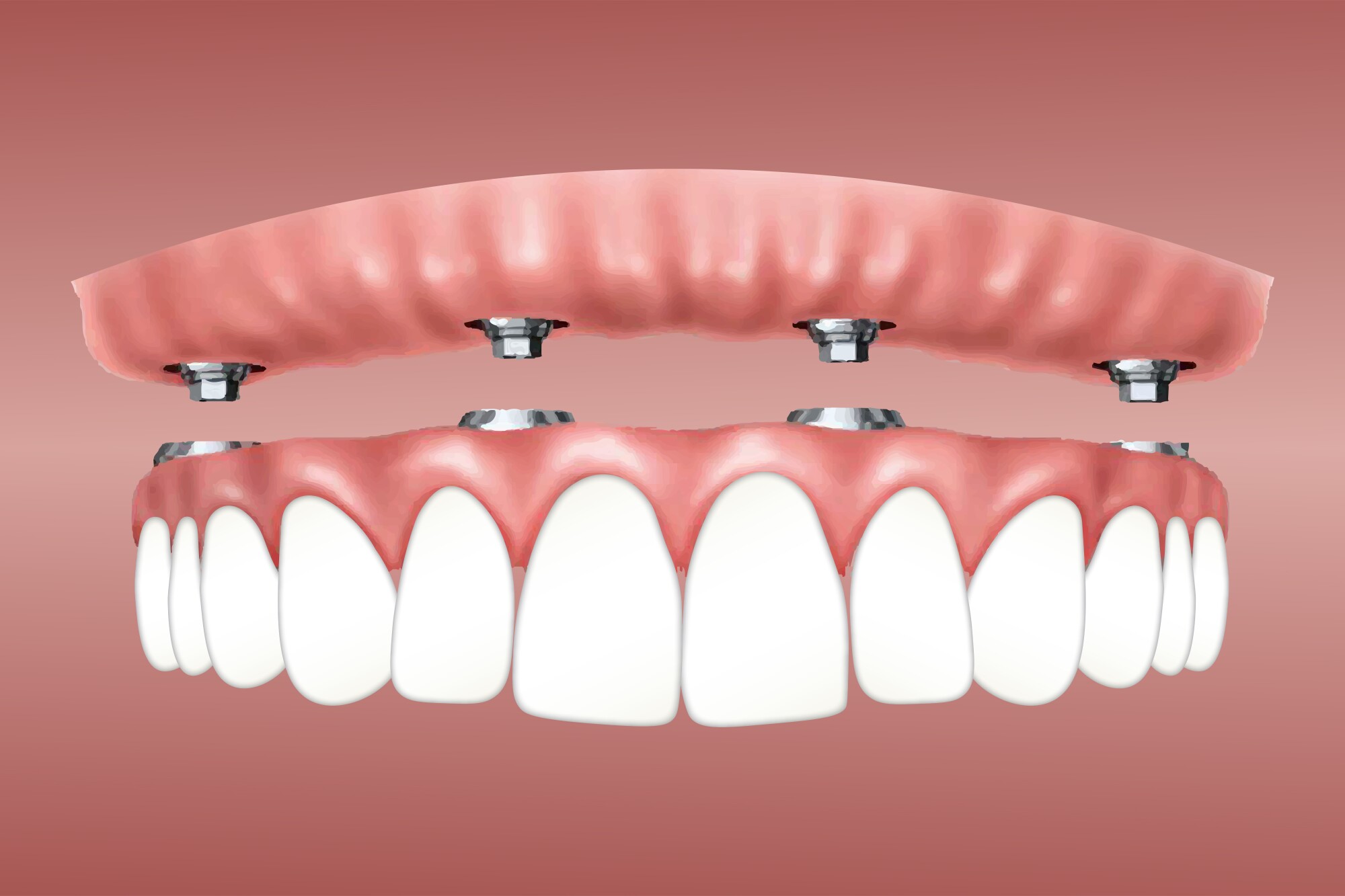Some Known Questions About Dental Sense.
Some Known Questions About Dental Sense.
Blog Article
Getting The Dental Sense To Work
Table of ContentsThe Basic Principles Of Dental Sense An Unbiased View of Dental SenseNot known Facts About Dental SenseThe 30-Second Trick For Dental Sense
are medical tools operatively implanted right into the jaw to restore a person's ability to eat or their appearance. They offer support for artificial (fake) teeth, such as crowns, bridges, or dentures. When a tooth is shed due to injury or disease, a person can experience difficulties such as quick bone loss, faulty speech, or modifications to eating patterns that lead to pain.Oral dental implant systems include a dental implant body and dental implant joint and might likewise consist of an abutment addiction screw. Root canal procedure. The dental implant body is surgically put in the jawbone in location of the tooth's origin. The dental implant joint is generally affixed to the implant body by the abutment fixation screw and prolongs with gum tissues into the mouth to support the attached man-made teeth
(https://dental-sense.jimdosite.com/)Structure of The Dental Implant System picking dental implants, speak with your dental provider concerning the possible benefits and threats, and whether you are a candidate for the procedure. Things to consider: Your overall wellness is a crucial consider establishing whether you are an excellent candidate for oral implants, the length of time it will require to heal, and how long the implant may remain in location.
Smoking cigarettes might influence the healing process and lower the long-lasting success of the implant. The recovery procedure for the implant body might take numerous months or longer, throughout which time you usually have a temporary abutment in place of the tooth. the oral implant procedure: Very carefully adhere to the dental health directions given to you by your oral service provider.
The Basic Principles Of Dental Sense
Implant failure can lead to the requirement for another surgical procedure to take care of or replace the implant system. Restores the capability to chew Recovers cosmetic appearance Assists maintain the jawbone from diminishing due to bone loss Maintains the health and wellness of the bordering bone and gums Helps maintain adjacent (close-by) teeth stable Enhances high quality of life Damage to surrounding natural teeth during implant positioning Injury to the surrounding cells throughout surgical treatment, such as sinus opening Injury throughout surgery (for instance, crack of surrounding jawbone) Insufficient function, such as feeling like the teeth do not attack with each other usually A sensation that the tooth hangs or twisting in position resulting from an abutment screw loosening up Implant body failure (looseness of the implant body) as a result of systemic infection, which might be more most likely in clients with uncontrolled diabetes due to neighborhood infection in bone and gums supporting the dental implant body due to delayed recovery, which might be more probable in clients that smoke Difficulty cleaning the gum tissues around the implant, causing bad dental health Without treatment periodontal disease Post-surgical pins and needles because of nerve impingement or damages Always alert wellness treatment suppliers and imaging specialists that you have dental implants before any type of magnetic vibration imaging (MRI) or x-ray procedures.
FDA is not familiar with any kind of unfavorable events reported for MRI or x-ray treatments with oral implants. Oral implants systems are typically constructed from materials that comply with international agreement criteria of the International Organization for Standardization (ISO) or ASTM International. These criteria have information of what makes a risk-free material.

An oral implant is a structure that replaces a missing out on tooth. With screw-like gadgets, the cosmetic surgeon inserts a dental implant into the jawbone, and it functions as a support for an artificial tooth, called a crown. A device called an abutment attaches the fabricated tooth to the oral implant. The crown is customized to fit the person's mouth and match the shade of their teeth.
The Ultimate Guide To Dental Sense
Some individuals are not qualified for oral implant surgical treatment. It is for oral specialists to operate people with: intense illnessuncontrollable metabolic diseasebone or soft cells disease or infectionIf these concerns are dealt with, an individual can have the surgery. In, oral cosmetic surgeons avoid operating people with: If people with any one of the above go through dental implant surgical procedure, there is a greater threat of the dental implant failing.

Oral dental implant surgical treatment is an individualized procedure. Give you time to recover. Attach the message and last crown, bridge or denture.
Next, your surgeon will carefully put the dental implant into your jaw. Your surgeon will certainly rearrange your gum tissues and shut the incision with stitches. If your dental implant is near the front of your mouth, your dentist will make a momentary tooth for you to put on till you recover. By doing this, you will not have a gap in your smile while you recuperate.
Dental Sense Fundamentals Explained
During the recovery stage, your jawbone should fuse to the oral implant. This process can take anywhere from 3 to nine months.
When your dental implant heals, your dental practitioner can connect the joint (small port article) and your last remediation (crown, bridge or denture). This generally takes about one hour to finish and might need a 2nd minor surgical treatment. You should not feel any kind of discomfort click site during your oral implant procedure due to the fact that your service provider will use medicine to numb your gums.
Report this page